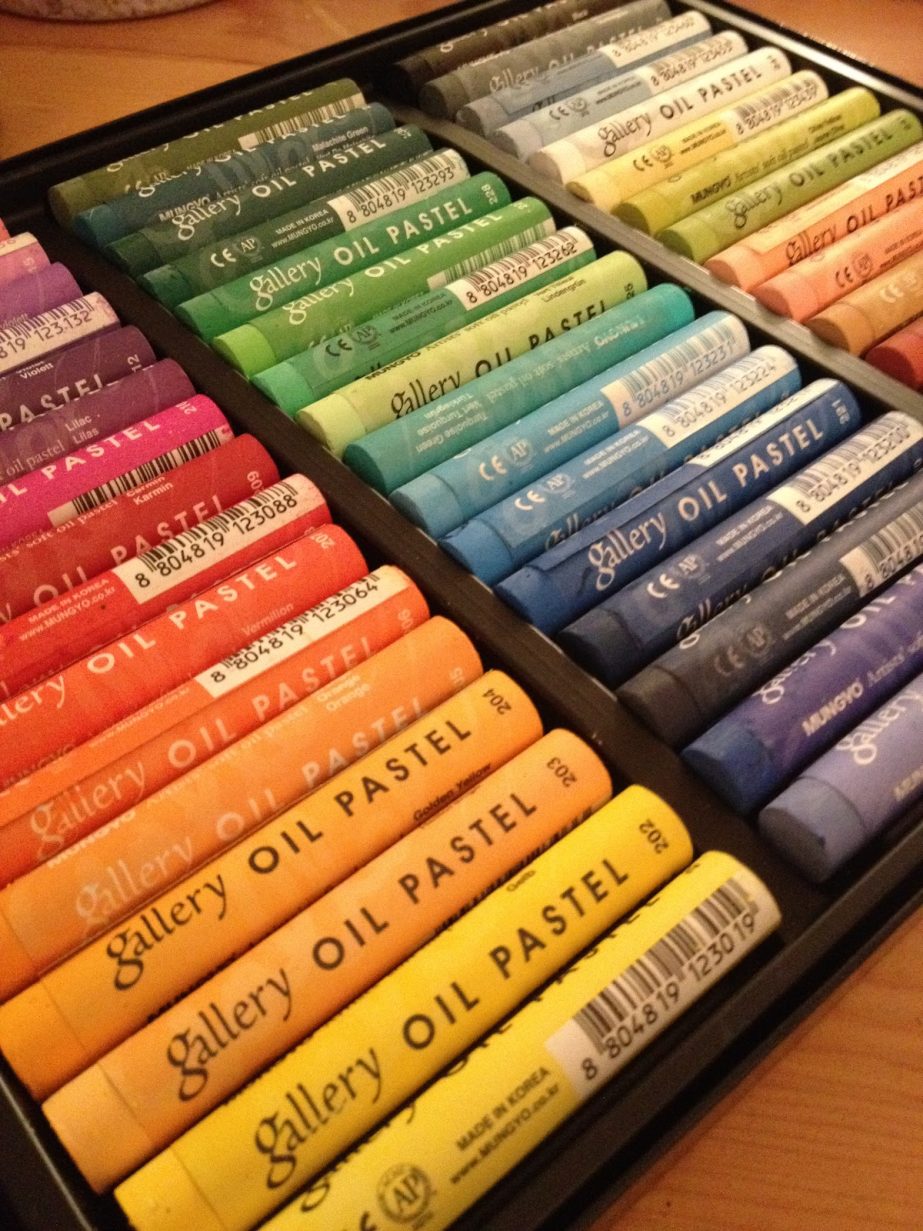
Sheikh Arif Bulbon :
A crayon is stick of wax, chalk, charcoal, or other material to which colour or pigment is added. While popularly regarded as a children’s art instrument, crayons are also used extensively by the professional artists.
Some artists work with watercolour crayons that are soluble in water. Known for their blunt lines and range of colours, crayons are widely popular as art mediums.
While the practice of combining wax and pigment to create a writing or artwork goes back thousands of years, the earliest reference to crayons dates to the mid-seventeenth century.
Historians believe that the Egyptians were among the earliest to use wax – beeswax – and pigment to create encaustic paintings. Encaustic paintings employed heated wax to create art.
The ancient Greeks and Romans also favoured the use of heated wax for painting. Historians suggest that modern crayons, however, have their roots in Europe. These early crayons were produced with charcoal and oil.
Due to the presence of the charcoal, these early crayons were noted for their dark hues. While similar to pastels, which have a longer history, crayons began to be regularly used by artists by roughly the 1790s.
As more artists started to use crayons, manufacturers began to replace the charcoal with coloured pigments. Wax was then used to replace the oil.
The wax was advantageous because it could be moulded which led, of course, to the shape of the modern crayon. One of the biggest developments in the history of the modern crayon was the birth of the Crayola Company in 1903. Having designed a non-toxic product, the company began to manufacture various sized boxes of crayons for children as well as artists.
Today the company produces an extensive array of colours as well as types of crayons that include washable crayons, glitter crayons, and even scented crayons.
As a medium for professional artists, crayons can be used alone or in conjunction with other art mediums. For instance, many artists use crayons along with paint, pastels, and coloured pencils to achieve a desired result.
While many artists use crayons to draw, others practice encaustic painting techniques or even apply an iron (over wax paper) to melt crayon shavings onto a canvas or other medium.
In fact, professional crayons are often preferred by artists as opposed to school brand crayons. Some artists even prefer to melt their own wax into moulds to create their own crayons with signature colours and colour blends. n

